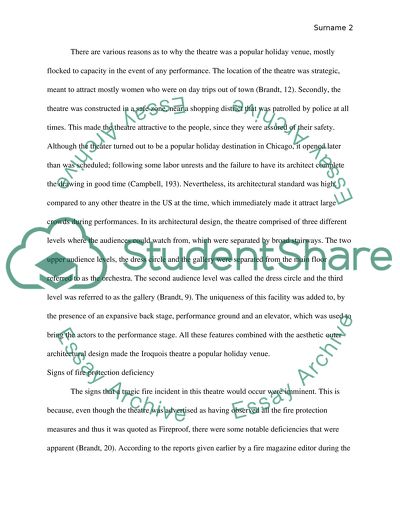Cite this document
(Iroquois Theatre Fire Case Study Example | Topics and Well Written Essays - 2000 words, n.d.)
Iroquois Theatre Fire Case Study Example | Topics and Well Written Essays - 2000 words. Retrieved from https://studentshare.org/social-science/1608966-iroquois-theatre-fire-chicago-il-december-30-1903
Iroquois Theatre Fire Case Study Example | Topics and Well Written Essays - 2000 words. Retrieved from https://studentshare.org/social-science/1608966-iroquois-theatre-fire-chicago-il-december-30-1903
(Iroquois Theatre Fire Case Study Example | Topics and Well Written Essays - 2000 Words)
Iroquois Theatre Fire Case Study Example | Topics and Well Written Essays - 2000 Words. https://studentshare.org/social-science/1608966-iroquois-theatre-fire-chicago-il-december-30-1903.
Iroquois Theatre Fire Case Study Example | Topics and Well Written Essays - 2000 Words. https://studentshare.org/social-science/1608966-iroquois-theatre-fire-chicago-il-december-30-1903.
“Iroquois Theatre Fire Case Study Example | Topics and Well Written Essays - 2000 Words”. https://studentshare.org/social-science/1608966-iroquois-theatre-fire-chicago-il-december-30-1903.


